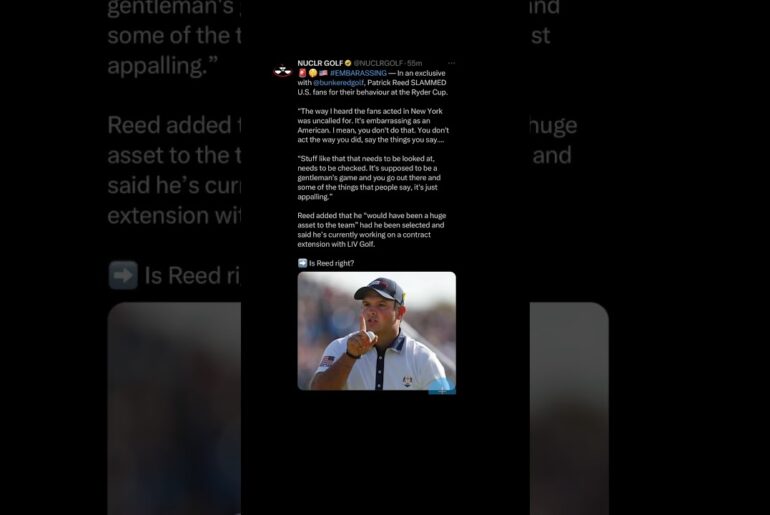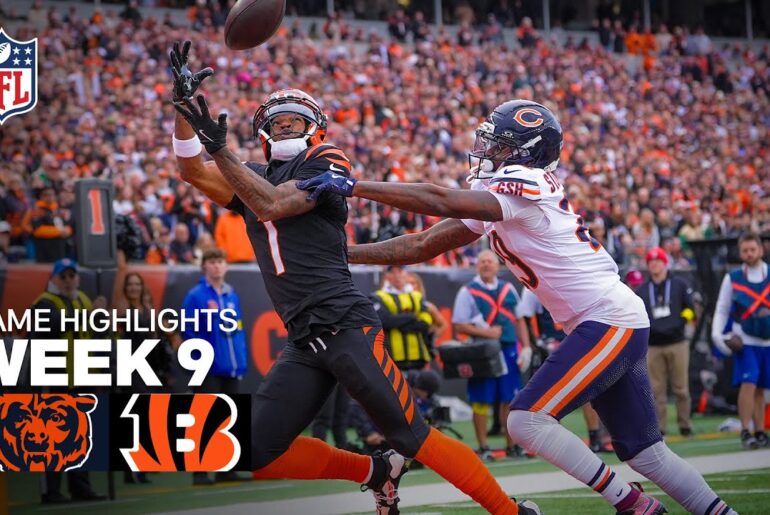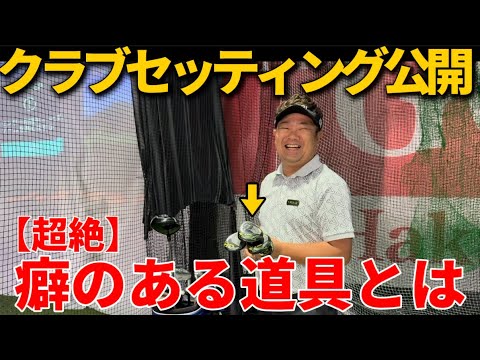Dial in your short iron precision with the Divot Board. See exactly where your club contacts the turf to improve accuracy, consistency, and control.
✅ Learn more or get yours here: https://tidd.ly/4fybVk2
SUBSCRIBE to Tour Striker Tips: http://bit.ly/2rExev1
Hey everybody, Martin Chuck here on behalf of the divot board and today I want to take you through short irons. So I want to explain the divot first. You know the divot is a reaction. The club heads moving. It collides with the golf ball. The golf ball goes one way, the club head goes the other. That produces what’s called a bacon strip divot. If you do it right, a bacon strip, not a pork chop. Moorman used to say bacon strips, not pork chops. So, when you get set up over a golf ball, well, how about we’re just going to use a divot board first because this is how I want you to get started. You’re going to go ahead and build your nice pair of hands on the golf club. Build your radius with your lead arm. Put your trail arm on the club. And then when you bend over, stance width is about waist width. Golf ball or the yellow dot on the divot board is fractionally fractionally just a/ inch forward of center. And then the club is going to basically just tap the sequins on the yellow just behind the yellow spot. And then from there, go ahead and take a practice swing and see how you do as you hit the the board. Okay, I landed fractionally forward of the yellow dot. Not too shabby. That is what I call proside thin. My divot was a fraction more forward than I wanted it to be. I wanted my club to touch actually touch a little easier on the board in fact and touch right on that yellow dot. Not behind it, but right on it. That would be a perfect strike. So, let’s do that again. Just push it back in place. Ideally, I’m not going to have to push it back in place at all because the radius of my swing is going to come down and not really bump the board around. So, let’s do that again. See how we do. And, you know, this is great practice. Great practice for me and great practice for you at home. So nine iron full speed nine iron here. Let’s see how we have this exchange with the divot board. And there I missed it all together. Right? So I missed it all together. It doesn’t mean I would have topped a golf ball. It just means that the club would be traveling through that area a little higher than I want. And guess what you’d feel? You’d feel a thin strike. The ball would be coming off a little bit lower on the club face, maybe on the second groove instead of the third or fourth groove. So now, you know, I’ve taken a couple swings. Let’s see how we do. I’ve got my launch monitor on. I’ve got my 9 iron. I expect this 9 iron, if I hit it nicely to fly about 140, 145. Um, let’s hit a shot. Look at some interesting things here. So, I’ll put the ball centered on the yellow spot here. There we go. Build my radius. Golf ball. Nice position. You can see I’m not resting the club. I’m waggling. Finding comfort, programming the weight of the club in my hands. Let’s hit a little shot here. There’s a nice strike on my target line. Uh, the expected distance was pretty much spot-on. Let’s look at the numbers here. 142 yards. The club’s path was 2.8° inside out. So, for those of you that understand draws and fades, 2.8 8 degrees inside out is a subtle draw bias because my club was traveling a little bit inside out when it touched the golf ball. But when you look at the divot board, you can kind of see the shape of the the shape of the turnover sequence is a little bit to the left. I want you to understand that because a golf swing is a circle. It’s an incline hula hoop. So this behavior that we swing on, this is a back up and in motion, a down out and forward motion obviously to the back of the golf ball. And then if we follow that natural curve of a circle, that’s going to work back up and in around us to the left. For the right-handed golfer, of course, a lot of golfers are going to see the board and try to swing dead straight. That’s a problem. We don’t want you to feel that. We don’t want you to try that. Understand that the motion of a circle is what we’re looking for. And we’re trying to get our circle to touch the divot board in the correct place. And I couldn’t have done it much better than that. I landed basically at the south pole of the golf ball. Let’s see if I can do a couple of these and explain some good ones and some bad ones for you. So, I could obviously hit a fat shot for you. Not a problem. I could land back here, disrupt the sequence, and say, “Yep, I hit a fat shot.” Reasons of a fat shot. A lot of times, people will take their weight to their trail foot, leave it back. The bottom of their circle will be too far behind the golf ball. That’s pretty obvious. What I want you to do to hit these short irons correctly is feel more centered. feel like your way can get your lead side. Let that bottom of the circle touch at right at or slightly after the yellow dot and you’re going to be in good shape. Now, there’s another problem with a lot of players. They have what’s called proside thin miss. That’s where the divot starts too far forward from the golf ball. when the golf club head, the leading edge, kind of hits a little bit too close to the equator of the golf ball while on the way down hits a little bit too close to the equator. It’s a thin hit. It doesn’t feel very nice. We take a brushing of the grass. We consider it kind of a bladed shot. And all the while the error is in low point. The circle of our swing is not in the correct place. So, no better way to practice this than with your divot board. Just simply push the sequence back. You can practice with a golf ball, without a golf ball, and just check the certainty of your low point. So, let’s hit another one of these. 140 yard 9 iron. Be perfect. Waggle. Build your structure. See how we do here. And there’s a really nice strike. And again, the reason it’s really nice, everybody, no surprise, the circle of my swing intersected the ball, the mat, the club right on that yellow dot. The result was fantastic. And guess what? You can do this, too. You can have those short irons be laserlike if you improve your low point control. So, Martin Chuck signing off for the divot board. Do your work. It pays off. You’re going to do great.








1 Comment
Hey Chuck how durable are the divot boards..longevity wise?